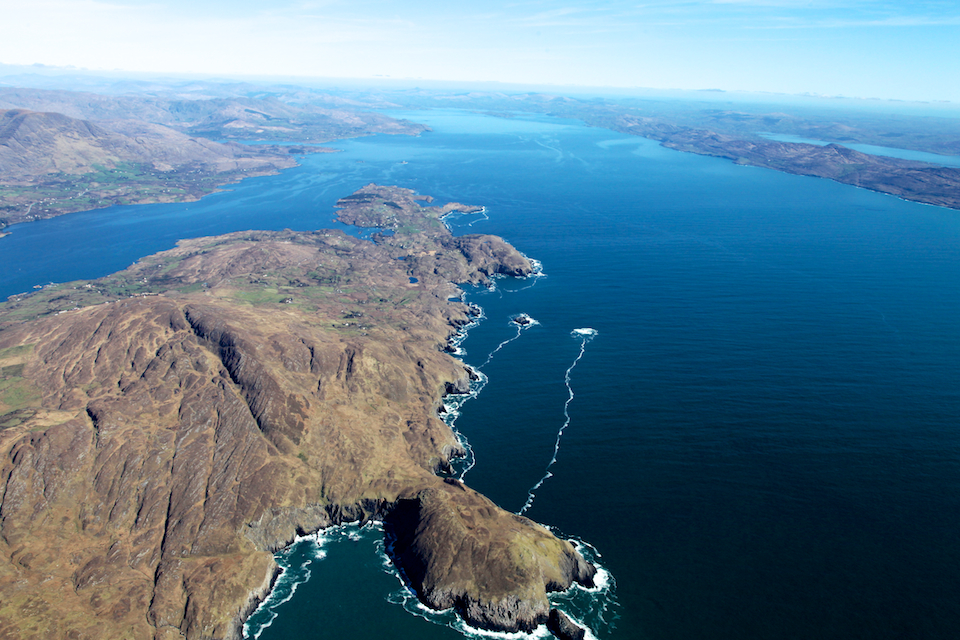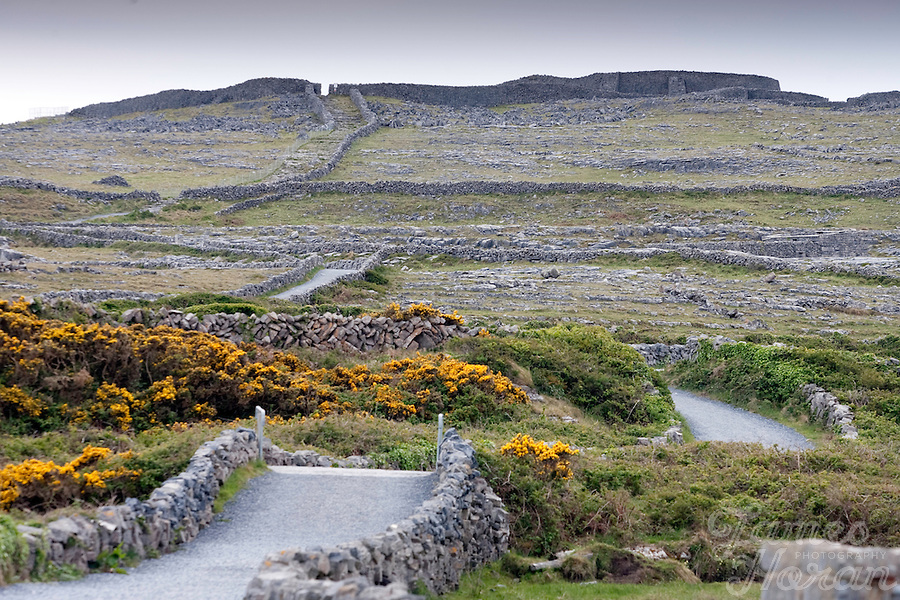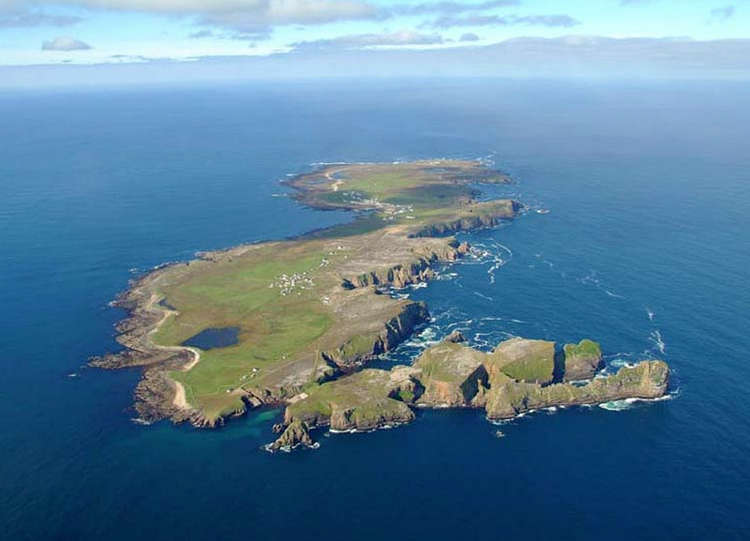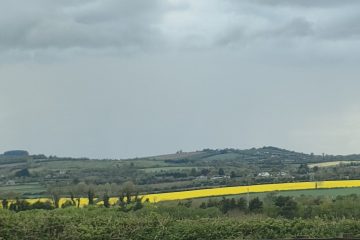Island Bioblitz 2016 – Bere Island takes first prize for biodiversity

[cs_section id=”” class=” ” style=”margin: 0px; padding: 45px 0px; ” visibility=”” parallax=”false”][cs_row id=”” class=” ” style=”margin: 0px auto; padding: 0px; ” visibility=”” inner_container=”true” marginless_columns=”false” bg_color=””][cs_column id=”” class=”” style=”padding: 0px; ” bg_color=”” fade=”false” fade_animation=”in” fade_animation_offset=”45px” fade_duration=”750″ type=”1/1″][cs_text id=”” class=”” style=”” text_align=”right-text”]
Photo Credit: Dennis Horgan
June 13th, 2016
Last weekend was the National Biodiversity Data Centre’s Island Bioblitz, where volunteers scoured the surface of five Irish Islands, seeking to catalog the life that is present in some of our most wild and untouched places. We’ve compiled a slideshow of six of our most wildlife-rich Islands and the species of flora and fauna that they boast at this time of year.
[/cs_text][x_slider animation=”slide” slide_time=”7000″ slide_speed=”1000″ slideshow=”false” random=”false” control_nav=”false” prev_next_nav=”true” no_container=”false” ][x_slide]
Cape Clear is the most southerly inhabited part of Ireland, with a population of about 120 people. Despite its remote location, it has operated a bird observatory continuously since 1959, due to the fact that spring and autumn migrations see the passage of large numbers of songbirds. Seabirds of all varieties are to be seen here also, and vagrant birds which have been blown off course in storms have been known to end up here, such as the first european record of the Blue-Winged Warbler. Reptile enthusiasts are also drawn to the island for the chance to see Ireland’s only native reptile, the Common Lizard, basking in the sun on hot days.[/x_slide][x_slide]
Perched at the entrance to Bantry Bay and lying just 2km offshore from Castletownbere, Bere Island extends the hilly landscape of the Beara peninsula into one of the deepest harbours of Europe. This offers ideal conditions for sightings of Killer Whales and Bottle-nose Dolphins. Touch down on the island and you might see Choughs, a member of the crow family with a distinctive red beak and legs, or some of the unique flora supported by the peaty grasslands that the island hosts. Bere Island loggedthe most species in the Bioblitz, with 1,178 species recorded![/x_slide][x_slide]
While they sound like they are out of Star Wars, Storm Petrels are actually small marine birds that breed on rocky outcrops off the coast of Ireland. Long before its associations with George Lucas’ film franchise, even predating its inhabitation by an order of Augustinian monks, Skellig Michael off the coast of Kerry has been an important breeding site for various kinds of seabirds. Puffins and Manx Shearwaters also make their nests on the cliffs and grassy shelves of this UNESCO world heritage site. While they will soon return to the Island to breed, so too will the hordes of Star Wars fans making pilgrimage to the site, which has limitations on visitor numbers, so you had better be booking your visit! Skellig Michael did not feature in the Bioblitz 2016, but we thought it was too good to pass by![/x_slide][x_slide]
The largest of the three Aran Islands, Inis Mór is an exemplary case of one of the rarest landscapes in Europe, with its Karst limestone terrain. This makes it an ideal ecosystem for wildflowers such as Gentian, Bird’s Foot trefoil and Bloody Crane’s Bill, as well as numerous varieties of Orchid. The Aran LIFE farming project, which encourages locals to continue to farm the land sustainably, ensures that the habitat for these plants and birds such as Lapwings and Curlews, remains in a healthy state to support a wealth of biodiversity. Inis Mór was the Island with the most species of conservation value in 2016, with 73 species. For those brave enough to venture into the bracing waters of Galway Bay, the surrounding reefs also support many rare marine systems. In fact, Inis Mór won the 2016 Bioblitz award for most marine species, with 190 species![/x_slide][x_slide]
Fabled to contain an Island for every day of the year, the entrance to Clew Bay is sheltered by Clare Island. One of the most studied Islands in Europe, Clare Island has a long history of zoological and botanical study, beginning with the seminal Clare Island Survey (1909-1911) carried out by Robert Lloyd Praeger. Given the diversity of the plants, with the colourful patches of Sea Thrift on the inhospitable cliffs or the insect-feeding Common Sundew found in the boglands, and one of the most important seabird colonies in Ireland which supports birds like fulmar and gannet, it is no surprise that Clare Island continues to be a hotspot of scientific research![/x_slide][x_slide]
14 kilometers off the Donegal coast, lies the remote and fascinating Kingdom –yes, kingdom– of Tory. Patsaí Dan Mac Ruaidhrí, King of Tory, welcomes visitors to the Island on arrival at the harbour. This warm welcome must equally extend to wildlife, as the island is the remaining stronghold of Ireland’s threatened Corncrake population. Once a familiar sound all over rural Ireland, many people now travel to Tory just to hear the ‘crex-crex’ call that was not heard on the Shannon Callows in 2015. Amongst the other wildlife on display on Tory, otters can occasionally be seen hunting along the shoreline. Tory won the 2016 species richness award, for recording 208 species in a square kilometre![/x_slide][/x_slider][x_button size=”regular” block=”false” circle=”false” icon_only=”false” href=”http://bioblitz.ie/news/” title=”” target=”” info=”none” info_place=”top” info_trigger=”hover” info_content=””]Click here to see all the results of the 2016 Bioblitz![/x_button][x_author title=”About the Author” author_id=””][/cs_column][/cs_row][/cs_section]










